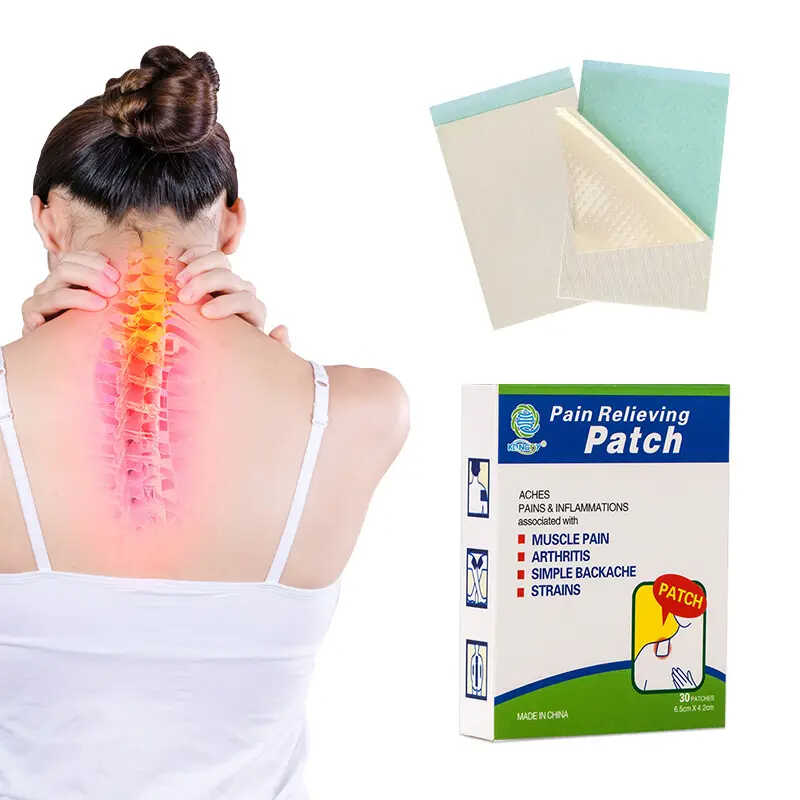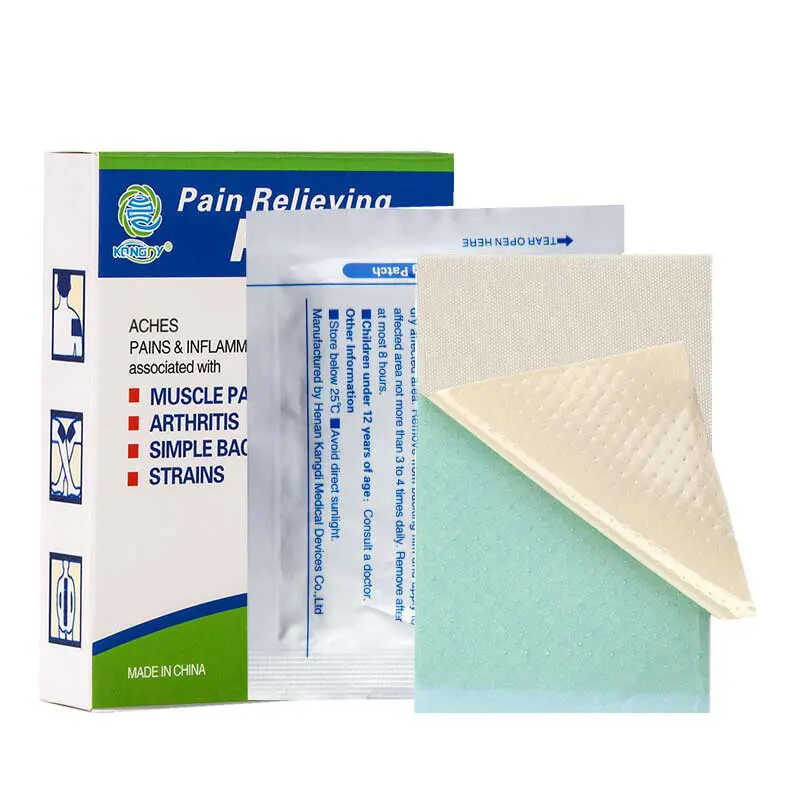Pain Relief Patches Ingredients Explained
Pain relief patches provide localized pain management using various medicated ingredients. Understanding how these ingredients work can help you choose the right pain relief patch for your needs.
Active ingredients in pain relief patches:
Lidocaine - This is a mild anesthetic that provides temporary numbness by blocking nerve signals. Lidocaine is useful for treating arthritis, back pain, shingles, and neuropathy.
Menthol - Derived from mint plants, menthol triggers cooling receptors which distract the brain from pain signals. It also helps relax muscle spasms. Menthol is commonly used in patches to alleviate aches and pains.
Capsaicin - This active ingredient comes from chili peppers and inhibits Substance P, a neurotransmitter that communicates pain signals to the brain. By interfering with this process, capsaicin can diminish localized pain. It may take regular use to build up effectiveness.
Salicylates - These relieve pain by reducing inflammation in joints, muscles, and soft tissues. Common salicylates used are methyl salicylate and trolamine salicylate. Salicylates are helpful for minor arthritis, backache, strains, and sprains.
Camphor - Derived from the camphor tree, this has a mild anesthetic effect on nerve endings. Camphor is added to menthol in some pain relief patches because the combination provides even greater pain relief.
Before using any pain relief patch, read all enclosed instructions. Never exceed the recommended dosage. Avoid using it on open wounds or irritated skin. Always test first on a small area to check for any skin sensitivities. Discontinue use if any irritation occurs.
When selecting a pain relief patch, consider the location of pain and desired strength. Consult your healthcare provider if you have any specific questions regarding ingredients, drug interactions, or underlying health conditions. Proper usage along with managing inflammation through rest, ice, and gentle stretches can provide optimal pain relief.







